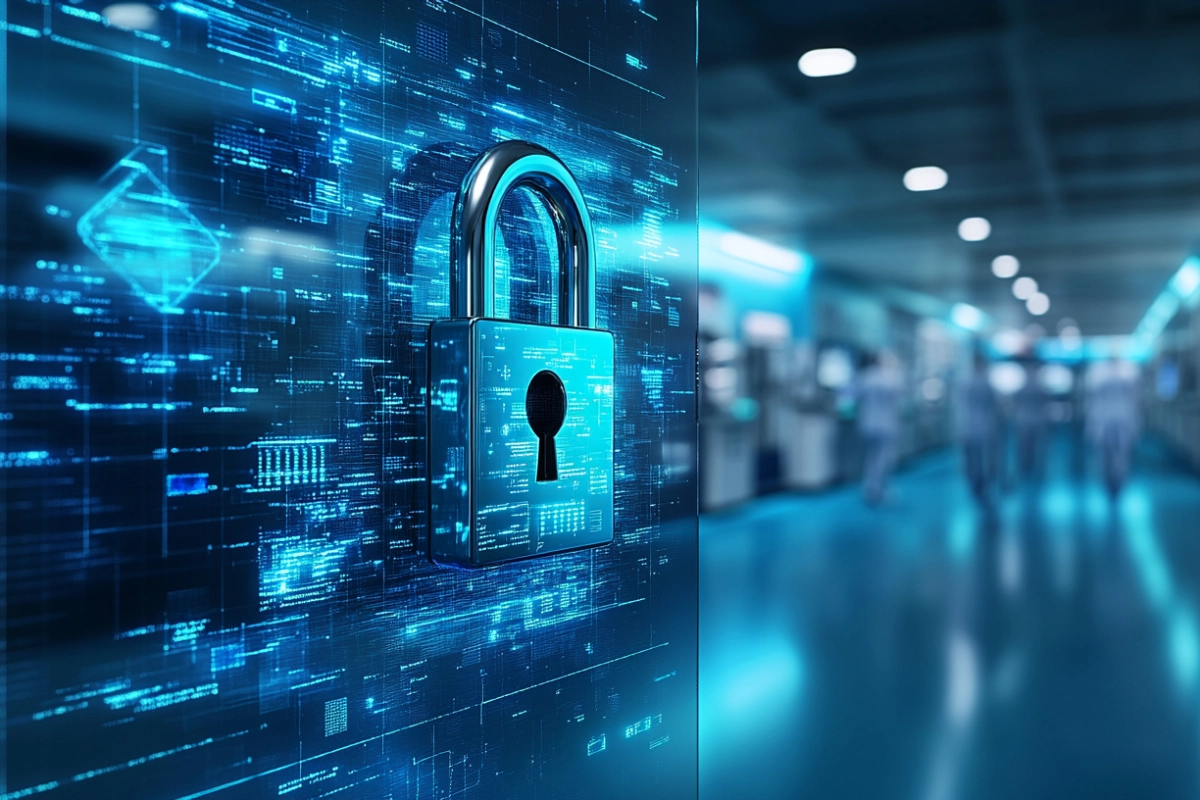‘What is ISO9001 ?’ and ‘Why is ISO9001 important for my business ?’ are two of the most common questions we get asked by our clients, so we thought we’d put this handy blog post together. The ISO9001:2015 – frequently asked questions.
What is ISO9001:2015, and why is it important?
ISO9001 is the world’s leading quality management standard. It’s at the heart of many other national and international certifications to help an organisation improve it’s overall performance.
The standard had it’s origins back in the late 1970’s in the form of BS5750. Since then it has evolved, becoming an international standard in the 1980’s. When the standard was first developed it was used predominantly by manufacturing organisations who recognised that if there was a process for manufacturing ‘widgets’ in a standard, regular way, then the cost of rework, fix and repair would fall. In other words, if quality is managed correctly in an organisation, then it will save you time and money. Since then the standard has changed and will deliver not just cost savings, but also improvements in customer satisfaction, a more resilient organisation, a better relationship with your suppliers and the supply chain, and demonstrate that you have strong corporate governance.
So why all the fuss over ISO9001:2015 ?
Given the World continues to change, there is a requirement for all standards to reflect the current business environments. The quality standard is no exception and is reviewed on a regular basis. The lastest review culminated in the issue last year of ISO9001:2015.
What if I have the old version ISO9001:2008?
All organisations that currently hold ISO9001:2008 (the ‘old’ version of the standard) need to have transitioned to the new version by September 2018 otherwise they will lose their certification.
Is ISO9001 just for the big corporates or manufacturing companies?
Absolutely not!
The standard is appropriate for any organisation, regardless of sector or size. For example, the company that we have just worked with has 12 employees. We’re in the process of implementing ISO9001:2015 for another company with just 4 employees. Currently none of our ISO9001 clients are in the manufacturing sector, all provide services across a variety of different sectors from logistics to consultancy.
So who needs ISO9001?
All organisations need to adopt the principles of ISO9001 that drives a process for continual improvement, together with a focus on understanding and meeting client requirements, and the need to prevent problems before they occur. This can be done without certification. The benefits are as applicable to an SME as to a large Corporate. However, certification is especially relevant to organisations who regularly take part in tender processes with other businesses. For these organisations, having ISO9001 certification can be one of the mandatory requirements for the tender process.
Is ISO9001 expensive and take loads of time to do?
Certification can be straightforward if you already have an established management system. There is an annual charge for audit from organisations such as NQA, LRQA, BSI etc. which will vary depending on the number of employees, locations etc. Typically, for a certification Audit, the costs are in the region of approximately £3000, followed by a lower cost annual on-going ‘surveillance’ audit to ensure that the standard is still being adhered to. However, offset the benefits of fewer problems, improved customer satisfaction, increased sales opportunities and the costs are much outweighed. To help, BSI have developed a return on investment calculator which can be found at http://roi.bsigroup.com. They also report that every £1 spent on a quality management system can:
- Increase revenue by £6
- Reduce costs by £16
- Increase profits by £3
Does ISO9001 drive a load of paperwork?
No, not now. The new version of the standard has significantly reduced the amount of documentation that needs to be retained and utilises records that you already keep (or should keep!) within your organisation. Flowcharts and process maps replace long paper chains of documents. No longer does the manual need to be printed, but can exist instead online.
So why and how are Risk Evolves involved?
We’re passionate about the value that good governance can deliver to any organisation. Additionally, one of the major changes that was introduced in the 2015 version, was a strengthening of risk identification and management….. and we love all things risk! We enjoy working with organisations to either implement the new standard or to transition from the old to the new.. give us a call!
Save
Save







